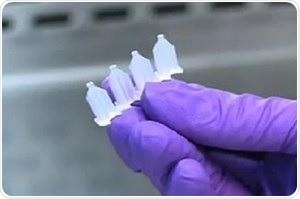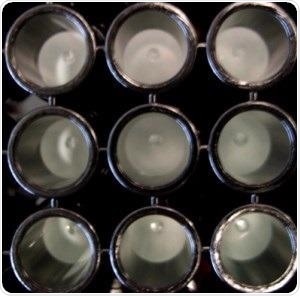Cell Migration Assays from Platypus Technologies utilize exclusion-zone technology, ensuring that results are high quality and ideal for publication.
Researchers in both pharmaceutical companies and academia will benefit from the use of robust, powerful Cell Migration Assays by Platypus Technologies, particularly in studies looking to advance cancer research, drug discovery, or wound healing.
Cell Migration Assays from Platypus Technologies offer a range of benefits, including:
- Industry-standard 96- or 384-well formats
- Monitoring in real-time
- Quantification via microscope, plate reader, or high-content imager
- Does not use artificial membranes
- Oris™ allows for maximal assay flexibility
- Oris™ Pro allows for complete automation with high Z factors
- Oris™ stoppers enable the creation of a cell-free detection zone
Oris™ Migration Assays make use of a physical ‘stopper’ barrier, creating a cell-free detection zone in the center of each individual well of a 96- or 384-cell plate.
The use of this stopper assay is ideal for research applications where greater manual control is required, for example, if a long adhesion period is necessary for the cell type under investigation.

Oris™ stoppers create cell-free detection zone. Image Credit: Platypus Technologies, LLC
Oris™ Pro Migration Assays employ a soluble gel in order to create this central cell-free detection zone at the center of each individual well. This format is ideal for automated workflows, speeding up experiments by facilitating easy interactions with liquid handlers and high content imagers.
The assay begins once the gel has dissolved – there is no need for washes because the gel is non-toxic to cells.

Bio-Compatible Gel at the center of each well. Image Credit: Platypus Technologies, LLC
Oris™ enables maximal flexibility in terms of assay design while being ideal for cells that need longer adhesion periods. It is also suitable for analysis on plate readers that lack virtual masking, thanks to the Oris™ Detection Mask.
Oris™ Pro offers a simple assay setup along with full automation. It is well suited for high throughput screening (HTS) while offering the lowest cost per data point and the highest quality optics.

This information has been sourced, reviewed and adapted from materials provided by Platypus Technologies, LLC.
For more information on this source, please visit Platypus Technologies, LLC.
